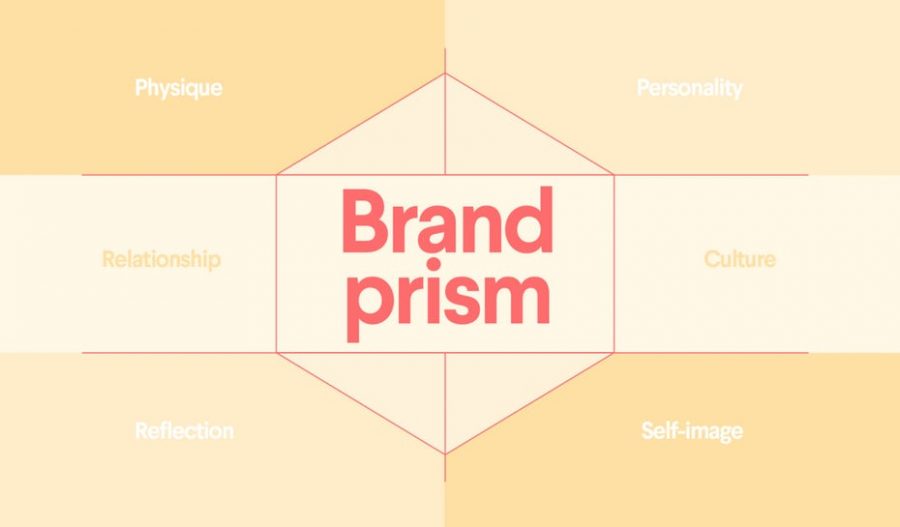The Brand Identity Prism is a well-known marketing model, also referred to as Kapferer’s Brand Identity Prism. It is a hexagonal prism that represents the six key elements that make up brand identity.
The Brand Identity Prism was a major contributor to our understanding of the role of storytelling in branding. It remains an indispensable aid for businesses looking to reinforce their brand in ways that are consistently reflective of their origins and core values.
In this article, we will break down the 6 elements of the Brand Identity Prism and help you implement them into your brand as a whole.
Your guide to the Brand Identity Prism
—
- What is the Brand Identity Prism
- Parts of the Brand Identity Prism
- How to use the Brand Identity Prism
What is the Kapferer Brand Identity Prism?
—
The Brand Identity Prism is a concept developed in 1986 by Jean-Noel Kapferer, a professor of marketing strategy, in order to visualize how a brand is expressed through specific facets. Kapferer honed in on six vital characteristics of brand identity and decided that the best way to represent how they interact as parts of a whole was by putting them in a prism form.
A brand has very specific characteristics that identify it beyond its logo and other visual design materials. According to Kapferer, the brands that manage to perfectly harmonize and express these characteristics are the ones that succeed in building a strong and distinctive brand identity. The prism’s purpose is for brands to recognize the parts of their identity and make them work together to tell the brand’s story.
The 6 parts of the Brand Identity Prism explained
—
For the Brand Identity Prism to work as a whole, you have to start with its individual parts. We’re going to walk you through each facet of the prism and then show you how to apply these building blocks to your own brand.
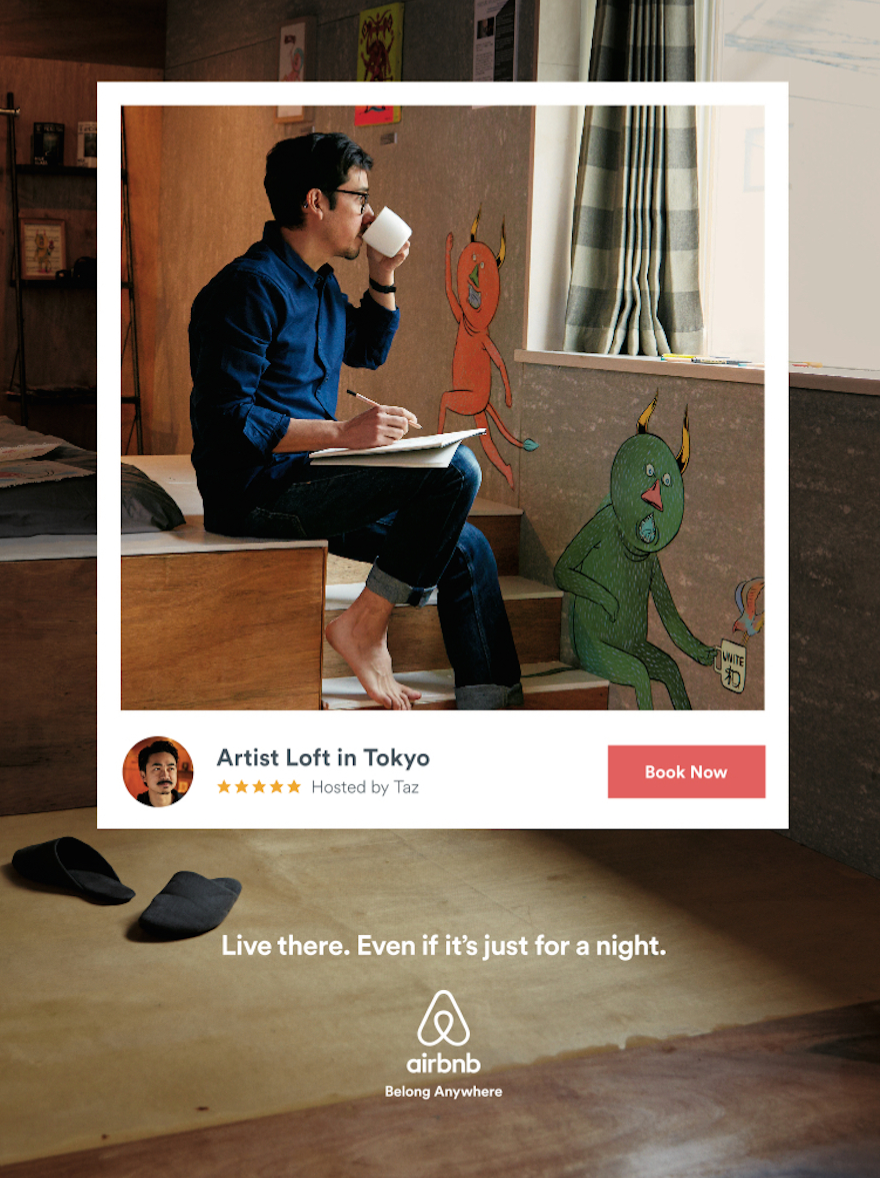
1. Physique
Physique describes the physical characteristics of your brand—that is, everything your customers can visually perceive about you. Logo, style guide, iconography, color palette, and the presentation of the product itself all go into this category.
Airbnb, for example, has a service in place of a physical product. This means their physique is important to emphasize because a tangible visual is much easier for their audience to grasp than a concept. So instead of a product, their ads show the end result of using their service: people comfortably existing in spaces that are not their homes but may as well be.
Together, all the visual elements create one consistent, attractive look that makes up their brand’s physique.
2. Personality
If physique is the face of your brand, personality is the voice. Your brand personality not only addresses what you say but how you say it, and it is not limited to verbal communication.
Personality embodies everything from font choices to the tone of any communication. This is sometimes described as a brand’s “human characteristics.” It should answer the question “who are you?” If a person was sitting in a room with your brand, what would they see, hear and discuss with you?
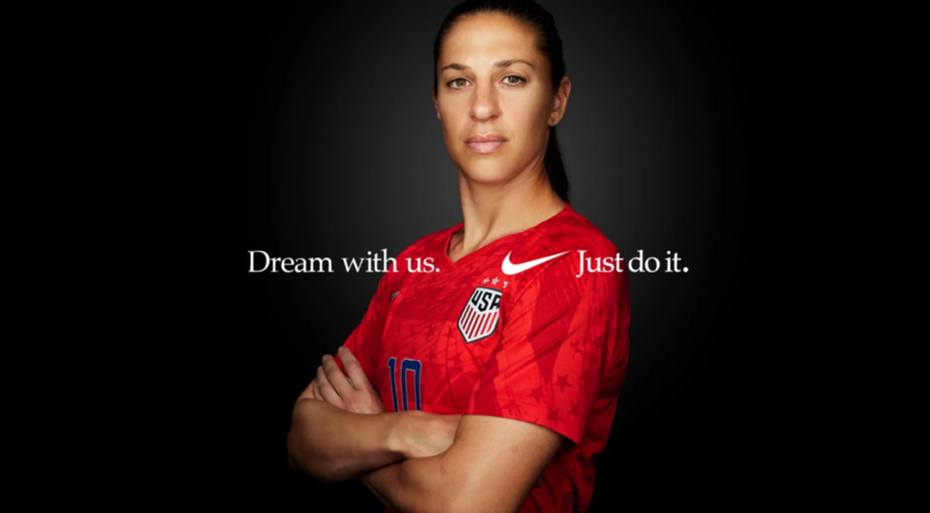
Nike’s brand personality, for example, is consistent from its famous “swoosh” to the way athletes are positioned in a frame alongside assertive text. It is confident, competitive, risk-taking and athletic. The story it tells is one of triumph, no matter the score. Nike achieves consistency in its brand personality with the athletes they choose to portray, the positions they take, their font choice and their sparse, commanding language.
3. Culture
Culture is your brand’s origin story. Where was your brand born? Where does it live? What is the belief system and values it ascribes to and why?
“Culture” is a much discussed facet of newer innovative companies. It has a way of expressing how a company lives its mission statement day-to-day, and it touches on the people who work there as well as the customers who interact with the product.
The essential question to ask to determine your company culture is: what does my brand live for? Culture brings a purpose beyond the product to your brand.
4. Relationship
Relationship is the engagement between a brand and consumers.

This is about more than a monetary transaction: think about how your brand maintains a healthy relationship with its customers from the initial interaction to the after purchase period.
Depending on the nature of your brand, a good relationship could range from social media engagement to diligent in-store assistance. At the end of the day, a strong relationship is whatever meets customer expectations and earns you brand loyalty.
Apple is a great example of a brand that recognizes and nurtures their relationship with customers. Not only is the interface focused on usability but the Apple stores are designed to be places where it is easy to find assistance as well as products. The relationship emphasizes seamless familiarity, meeting the needs of customers and developing without isolating the customers.
5. Reflection
Reflection describes who you want your customer to be. Who would you ideally like to reach? Specificity is key here. For a company that is selling biodegradable cosmetics products, it could be working women in their 20s who live in cosmopolitan areas and adhere to a vegan diet.
Once you get specific with your ideal customer, you can confidently pivot your brand identity towards that person when considering all the other characteristics of the prism.
6. Self-Image

Self-image is how customers visualize their ideal selves. Understanding this allows brands to cater to their customers more effectively. Consider how their purchases and interactions with you improve their lives.
Self-image serves as aspirational for both the brand and the audience. The consumer wants to view themselves an ideal way, and your brand can strive to help them achieve their ideals.
Ralph Lauren’s brand famously focuses on building a storyline in which the customers can feel like characters: upscale, healthy Americans enjoying the outdoors as depicted in their ad campaigns.
Putting the prism together
—
In total, there are six facets of the Brand Identity Prism: Physique, Personality, Culture, Relationship, Reflection and Self-Image. These are separated on the prism but grouped together in the following larger categories.
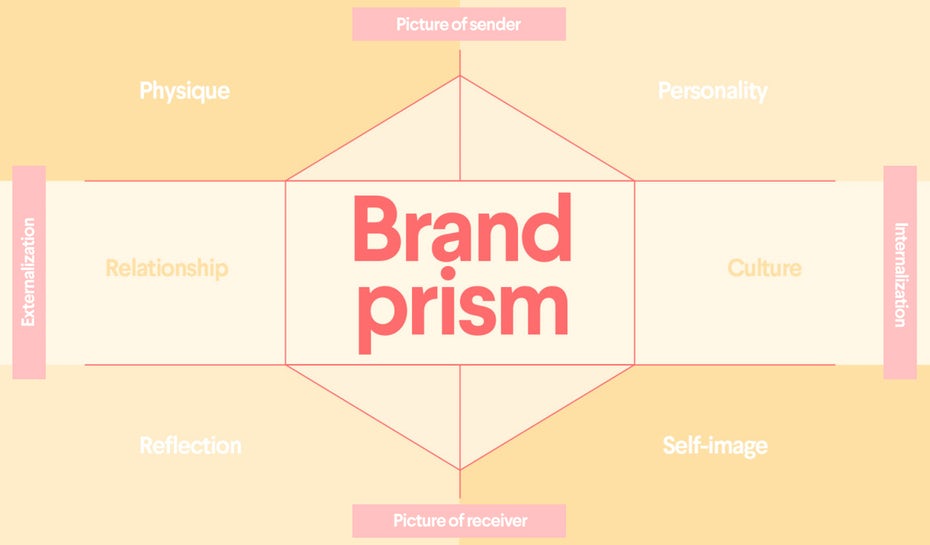
Picture of Sender refers to the way the brand presents itself. Physique and Personality fall under this group.
Picture of Receiver refers to how customers see the brand. Reflection and Self-image belong to this category.
The other two categories are Internalization and Externalization. Externalization addresses all the output by the brand visible to customers such as the logo, advertising, products and service and therefore is represented by Relationship.
Internalization includes values, human resources policies, management and so on and directly addresses Culture.
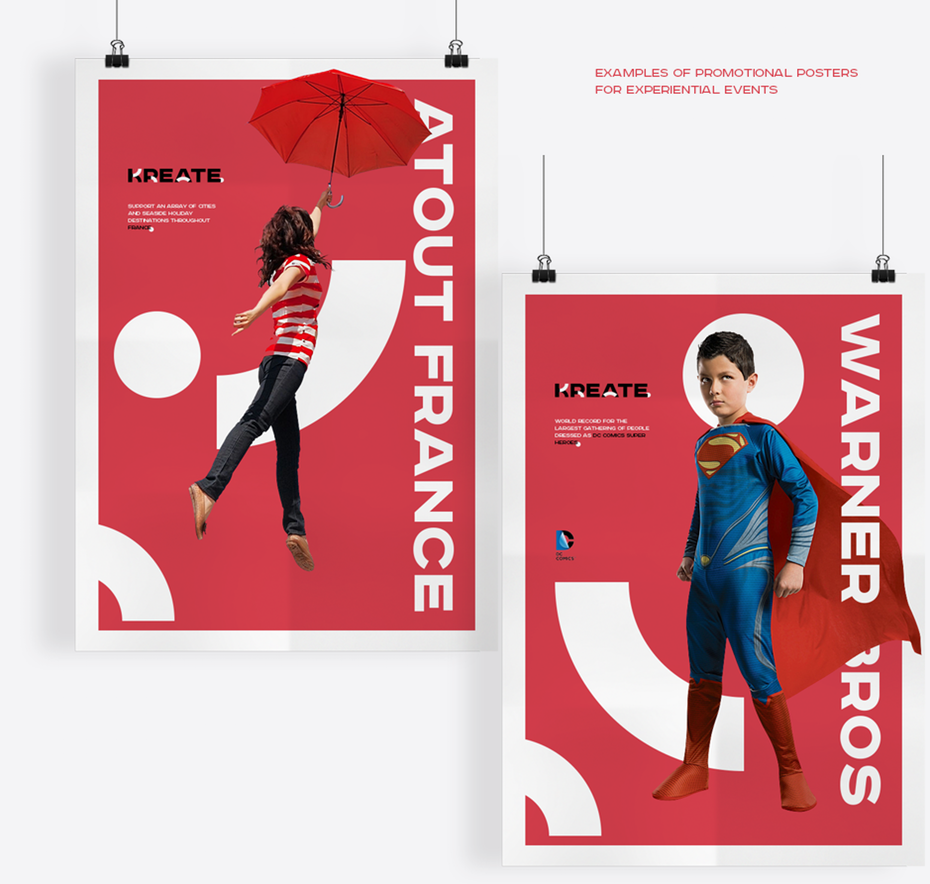
All together, these categories complete the Brand Identity Prism and provide a roadmap for your brand to effectively communicate with your audience.
How to use the Brand Identity Prism
—
The Brand Identity Prism works its magic when you chart your brand through each of its facets. As you move through the prism, ask yourself questions like: What is my mission statement? Who would I pick to represent my brand? What impressions do I want people to leave my store with? Keep in mind that your main goal is to create consistency in your persona, and your answers should reinforce one another.
Once you’ve created a personalized Brand Identity Prism, consider summarizing your brand into a unifying brand concept, describing who you are as a business. Be sure to keep your prism handy as a reference to guide everything from daily communications to monumental decisions. Revisit and update it regularly as well so that it stays relevant to changes in your business goals.
See your brand in a whole new light
—
The Brand Identity Prism is a way to develop your brand so that customers can instantly recognize its personality and its value in their lives. The prism is a helpful and clear way for you to craft a branding strategy that is aligned with your mission.
With the prism as your guide, you can grow in line with this strategy and monitor how your own prism facets change over time, making sure each one consistently supports your brand for years to come.

